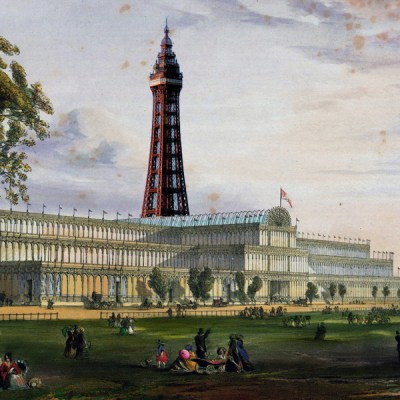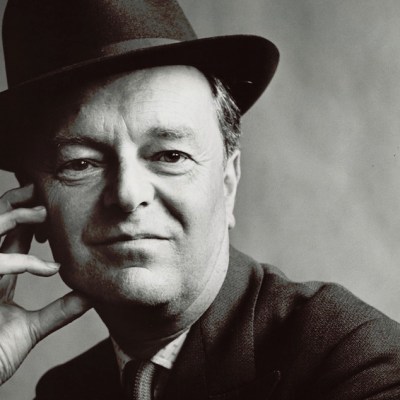I was first introduced to Giles Waterfield by a mutual friend, and although that was only three or four years ago, our paths soon crossed in so many places that he became not just a regular contributor to Apollo but also a valued friend. By the second time we met up for a drink, he had already started to plot out various future opportunities for me while apologising, always with his wry smile, for having appointed himself as a mentor.
And what an inspiration he could be, not only in the breadth of his knowledge and interests (as curator, academic critic, or novelist), but in his carefully unassuming attitude too. There was something of the white rabbit about him at parties and private views, where he somehow succeeded in giving off the impression that he was out of his element even while moving off to greet the next of his many friends in any room. He liked to support good things but he also liked to promote good mischief. At one party he had invited me to at a collector’s house that he thought I ‘probably ought to see’, he cajoled the collector in question to show off their Dr No-style basement pool – which appeared from a floor that submerged itself at the press of a button – because he palpably thought it both rather wonderful and utterly ridiculous.
‘Waterfield is most concerned to make a positive case for what we have inherited,’ wrote Marcus Waithe in his review of Giles’s much-heralded recent book, The People’s Galleries: Art Museums and Exhibitions in Britain, 1800–1914, in Apollo at the start of this year. Giles was one of our firmest and finest advocates for the importance of our museums, and for how they might still incubate the possibilities of enlightenment and optimism in which their builders had been steeped. His dedication to their causes was broad and consistent, in the numerous trusteeships and advisory roles whose variety was a testament to his catholic interests: most recently at the Garden Museum and the Emery Walker Trust, but previously at the Edward James Foundation, the Paul Mellon Centre, the Heritage Lottery Fund and many other places besides.
Giles was only in his mid 60s, and there was so much more advice he might have given, and indeed so many more ideas for him to have, not least at a time when museums so badly need their keenest defenders to speak up once again. He might just as well have been writing of himself when he wrote, of the 1851 Great Exhibition and 1951 Festival of Britain in a recent article for Apollo, of that ‘powerful sense of mission, of a passionate belief in the regenerative effect of international cooperation and of the power of art and design to transform people’s lives’. In fact, he probably was writing of himself.
I am hardly the first person whom Giles took under his wing, trying to foster good sense with his mixture of encouragement and his characteristically sardonic retorts. I am hardly the 100th person, or probably even the 500th to have had that support. From his time as the first director of the Dulwich Picture Gallery from 1979–96, where he trained many curators and staged exhibitions that brought the gallery to new life, through to his teaching at the Courtauld and elsewhere, so many curators and art historians had the privilege of learning from him, and will feel the loss of a great inspiration and friend.
At the party to celebrate the publication of The People’s Galleries, Giles had pressganged his current batch of students into serving the wine; and between pointing out empty glasses, he worked the room with them, being sure to introduce each of them to as many of the assembled great and good of London’s museums and art institutions as possible. Giles knew as much as anyone about the past, but he always seemed most excited about the future.


